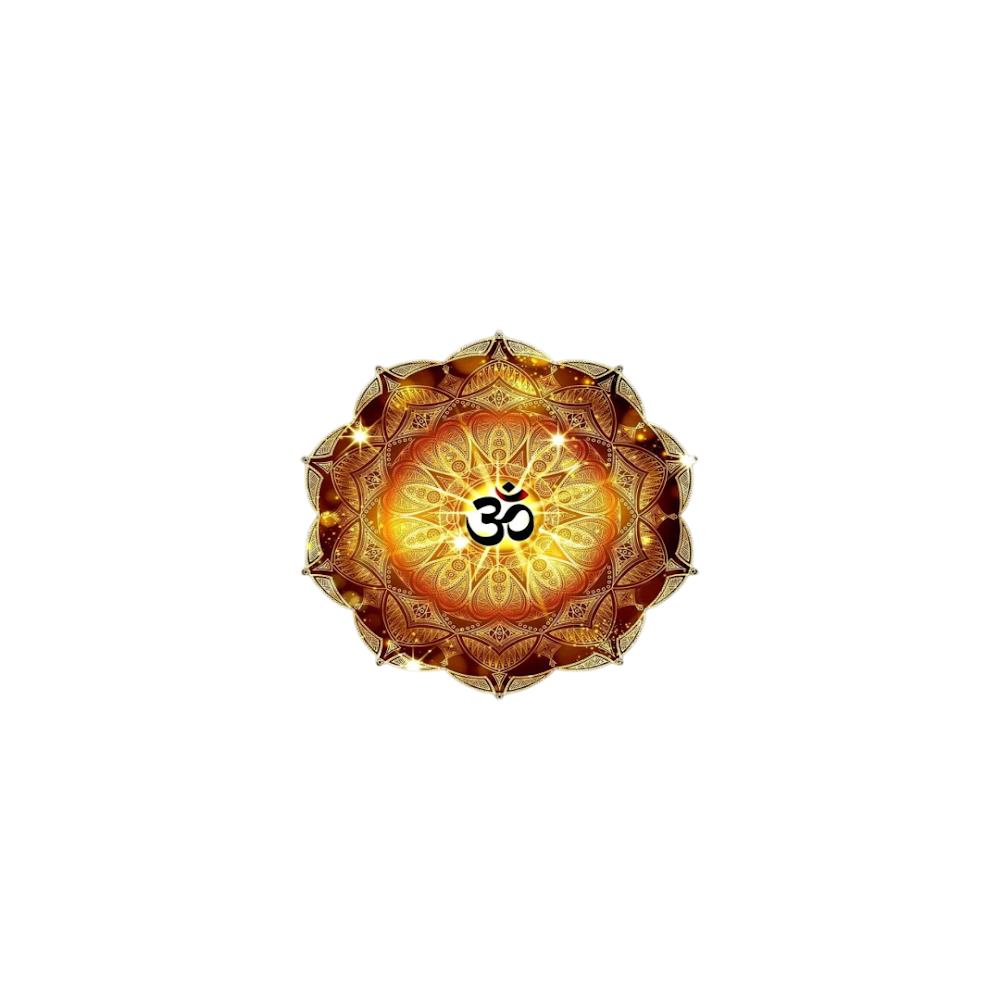Ella: Thank you a lot for your answer, for sure it helps a lot because it is direct to the point first, and second very sharp.
I’m applying your tip and contemplating where the question is coming from, but I can’t say if it is from the Jiva or the Self. I would say the Self. Have you any advice to distinguish? What I know with your answer it brings a lot of clarity by removing the mist and the small dust, and the untouchable subject is more and more shining, I mean Me.
Sundari: Good for you. It is not difficult to distinguish between the jiva and the Self if you apply the definition of what is real and not real. What is always present and unchanging that always knows what you are thinking and feeling? It can’t be the jiva because the jiva is an object known to you. If it’s the jiva talking, there is a separation between you, the subject, and the object of your attention, i.e., duality is operating. If it’s indirect knowledge of the Self talking, you know you are the Self but are still not clear what that means for you as a jiva, i.e., there is still satya – mithya confusion and residual ignorance, duality remains. If it is the Self talking there is no separation, automatic discrimination between what is real, satya (that which is always present and unchanging, the Self) and what is not real, mithya (not always present and unchanging, not-self).
Ella: I have another question. In the satsang called Jivanmukta Is the Self, you mention adhyaropa is caused by viparaya.
I can’t find the definition of adhyorapa in the X glossary. It is like an upadhi, I guess, but not the same. Can you develop the difference and the link in between.
Sundari: The three terms are subtle and quite similar, but it is important to understand the subtle distinctions:
1. Viparaya: The reversal that Maya imposes on the mind that results in the erroneous cognition of reality as a duality–the snake is taken to be the rope.
2: Adhyaropa is the super-imposition of duality onto non-duality and is caused by viparaya, Maya, that makes the changeless appear to be changing. There are two types of superimposition.
i.) Unconditioned superimposition is where the jiva is completely under the spell of avidya, duality.
ii.) Conditioned superimposition is where avidya or personal ignorance has been removed by Self-knowledge, so the imposition of duality onto nonduality is known to be false, a trick of Maya. In both cases, duality (the snake) is there. The samsari takes it to be real, and the jnani knows it is just a mirage and is never again deluded by Maya. Therefore, you can equate moksa with the removal of viparaya and unconditioned adhyaropa.
3. Uphadi: An uphadi is a limiting adjunct—that which makes something appear to be something other than it is. For instance, if I have a red rose behind a clear crystal, the clear crystal will appear to be red even though it is clear. Put it this way: the uphadi for the Self/Awareness (or what we can also call perception) is the person—the individual jiva or self under the spell of ignorance. It makes the Self look like it is a jiva. However, what belongs to the person does not belong to the Self because the person and Awareness do not exist in the same order of reality.
The Self, the subject, is what is real and the object, the person, is what is apparently real. As you know, the definition of real is that which is always present and never changes, which only applies to the Self. The perceiver only looks different in accordance with the uphadi in association with it; the difference belongs to the uphadi and not to the subject (the Self). It is just an appearance in Awareness causing a sense of difference where there is no difference. Maya is a very clever trickster—ignorance is very intelligent. Maya is Isvara’s (apparent) uphadi.
The confusion comes in what belongs to the person and what belongs to the Self: a jiva under the spell of ignorance thinks that what applies to the person, also applies to the Self. As stated above, the person and the Self are not the same because of the different uphadi’s. What belongs to the person cannot belong to the Self because the Self is a partless whole. So, the Self cannot be a jiva, but the jiva is the Self. Like the wave is the ocean but the ocean is not the wave, the pot is clay, but the clay is not the pot, the ring is gold, but gold is not a ring. That kind of thing.
I hope this helps.
Love
Sundari











